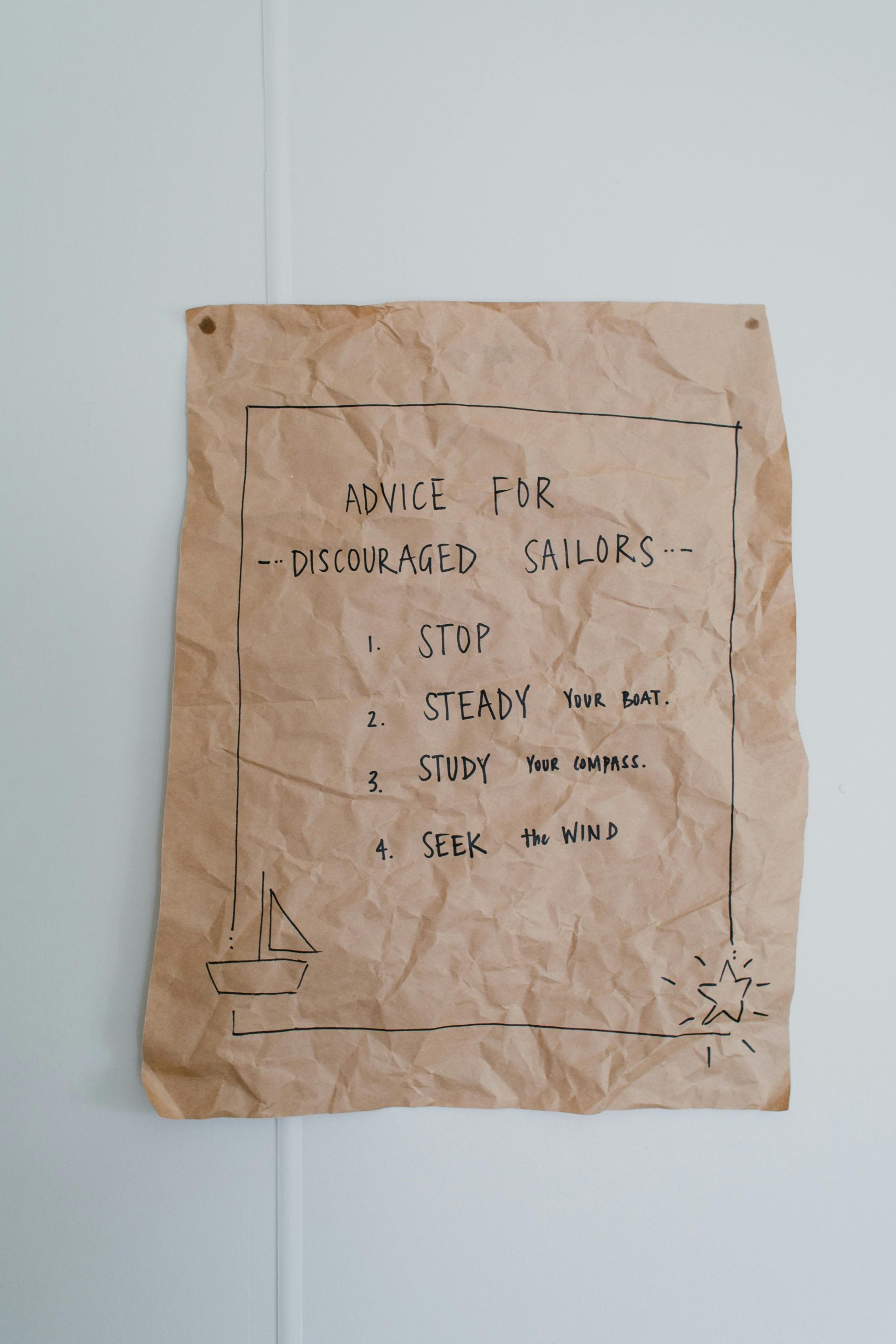Building a Fast and Affordably-Priced Directory Website: Your Guide to Simple and Scalable Solutions
Creating an online directory to showcase artistic assets can be an excellent way to display your collection in a clean, organized manner. Whether you’re a beginner or on a limited budget, finding the right tools to develop a responsive, fast-loading website is essential. Here’s a comprehensive overview of approaches tailored for those seeking affordability, simplicity, and scalability.
Understanding Your Needs
Based on your description, your ideal website would feature:
- A grid-based visual layout showcasing items with titles, images, links, creator names, and tags
- Fast loading speeds for an optimal user experience
- Future flexibility to add filtering or tagging functionalities
- A minimalistic, visually appealing frontend
- Preferably, no extensive coding involved, though minimal coding is acceptable if necessary
Challenges Faced
Initial attempts using no-code or low-code platforms such as Notion or Airtable-based tools like SoftR resulted in sluggish, unresponsive sites—an experience that falls short of expectations. Switching to Framer improved speed and aesthetics, but questions about long-term scalability and technical complexity remain.
Budget Considerations
Your budget is constrained to around €5 per month or even free options, with a preference for custom domain hosting. Performance and user experience are top priorities.
Recommended Solutions
For users in similar situations, here are some tailored options that balance affordability, ease of use, and scalability:
-
WordPress with Directory Plugins
-
Overview: WordPress is a versatile content management system with numerous themes and plugins tailored for directory and portfolio sites.
- Key Features:
- Grid-based layouts using themes like ‘Astra’ or ‘Neve’.
- Directory-specific plugins such as ‘Business Directory Plugin’ or ‘GeoDirectory’ for advanced filtering and tagging.
- Fast performance with proper caching and lightweight themes.
- Cost: Free core WordPress, with many free plugins; premium plugins/themes may cost a one-time fee or subscription.
-
Hosting: Cheap options like Bluehost, SiteGround, or local hosting providers often offer plans under €5/month with custom domain support.
-
Elementor or Other Drag-and-Drop Builders
-
Overview: Visual page builders like Elementor, combined with a lightweight theme, can create a clean grid layout with minimal coding.
- Features:
- Visual editing experience.
- Ability to integrate with basic CMS

